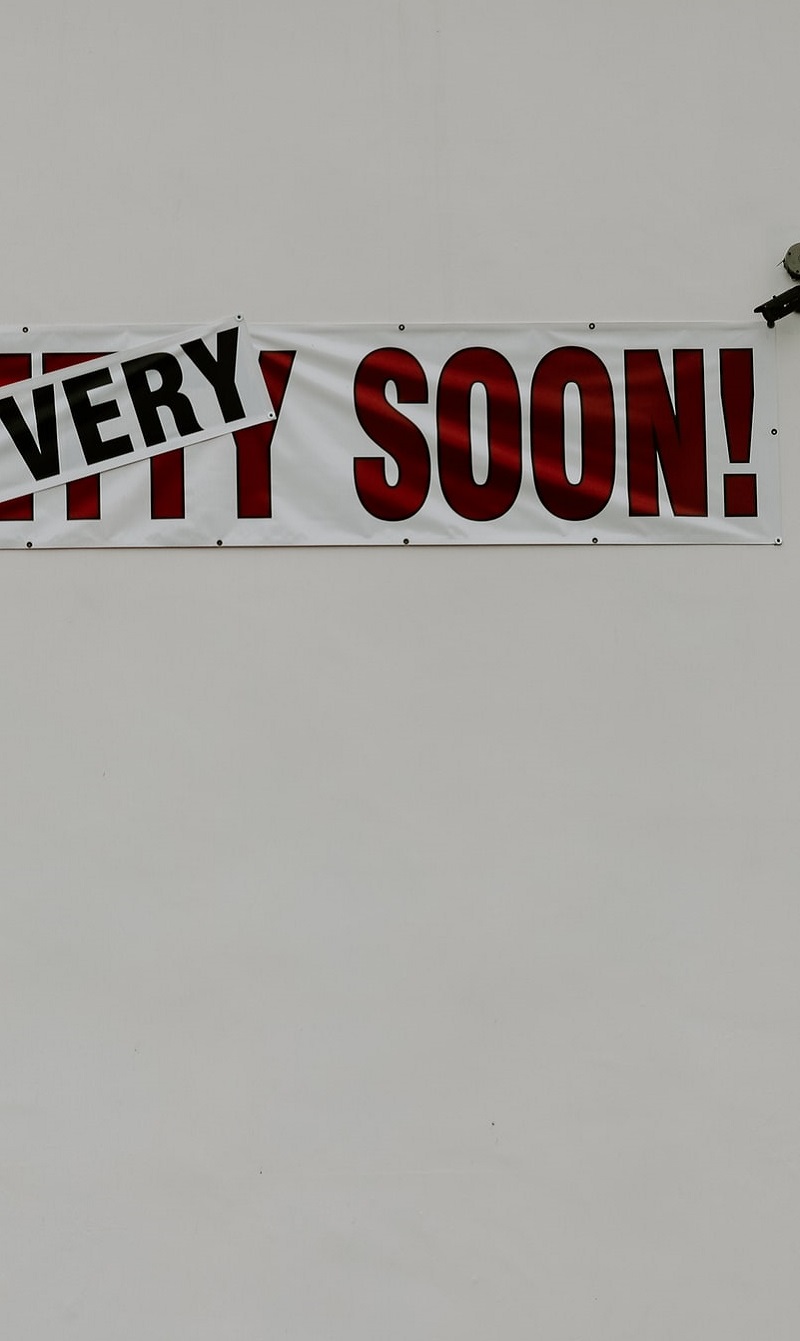SMEs and internationalisation
During the 11th WIEF in Kuala Lumpur, Professor David Wittenberg, chief executive officer of The Innovation Workgroup in India and Datuk Ismail Ibrahim, chief executive at Iskandar Regional Development Authority of Malaysia noted some key steps for SMEs to keep in mind on their way to international development.
Small and medium enterprises are the backbone of any economy, and there is much discussion on how a country can best invigorate its SME sector. But what if an SME wants to grow beyond the borders of its home and expand into other territories—an increasingly important factor in today’s ever-globalising world? What are the challenges an SME will face when trying to break into the international market? How can they be overcome, and what can governments do to help their SMEs gain a competitive advantage in overseas markets? Here are three key steps to internationalising SMEs.
1. Understand the markets
• Knowledge is key: what are the values that have allowed success in the home country, what are customers looking for, what do industries and manufacturers want?
• Overseas, the concept of value can be very different, and prospective expanding SMEs must understand the value system of their target markets.
• The concept of value can be thought of as the ratio of benefits to price. If a person is considering what to buy or how to spend their time, he or she considers the price to pay against the benefits derived.
• A business needs to know itself and understand what kind of value or benefit its goods or services can provide. A key question to ask is: “how will it make someone’s life better?”
• There are two main ways to find out if a product or service is relevant to the target market. The first is to research the local products and analyse their reasons for success. The second is to research the advertising of those products to find out how to communicate with customers.
2. Understand the business culture
• The way business in one country can contrast sharply with another; for example, pre-existing relationships may be highly valued in one country, while in another, only results matter.
• When moving into a new market, a business must be observant and keen to learn these differences. Once that is done, it becomes only a question of how much one is able and willing to adapt to these differences.
• Categories of cultural awareness: time; money; courtesy; truth-telling; contracts; customer service; authority; status; religion; gender.
• Possible cultural adaptations: communication medium; communication style; scheduling; social interaction; clothing; food and drink; religious obligations.
3. Choose the right business model
• When it comes to breaking into the overseas market, there are three general options: to sell directly to overseas customers, to appoint representatives to sell overseas or to sell the product or license it to overseas resellers.
• Some factors to consider are the capabilities of the business and the nature of the product or service, as well as the personalities of those involved. For example, travelling a lot to make a sale may appeal to some, but not others. Arranging for licensees or a franchisees might pay off in the long run, but will require a lot more work up-front.
Government initiatives
An example of the role that governments can play in internationalising SMEs can be found in Malaysia, in the region known as Iskandar Malaysia. Administered by the Iskandar Regional Development Authority (IRDA)— which is a Government body— Iskandar Malaysia is a development corridor where SMEs have proven to be of vital importance.
Iskandar Malaysia was established in 2006 to transform the region into a high-income area. It is located in the state of Johor and, due to Iskandar Malaysia’s success, the state has seen rapid growth in population and GDP over the past few years.
Of the 70,000 business establishments in the state, 97 per cent are SMEs, and although large companies contribute more to gross output and value, SMEs provide more employment. The service sector is particularly important, with 88 per cent of SMEs employing 62 per cent of the SME workforce.
IRDA is looking to make those SMEs globally competitive by undertaking various programmes to make overseas investment in Iskandar Malaysia attractive as a top SME investment destination. This includes marketing strategies as well as catalytic projects that SMEs can cluster around. IRDA has also conducted a study on the challenges that SMEs face when attempting to internationalise, and on the ways these challenges can be overcome, from financing and human resources to innovation and technology. It has also identified business opportunities and areas of growth that SMEs can look to capitalise on.
Putting in the hardwork
SMEs face a different set of hurdles when they are looking beyond their domestic markets. However, savvy business-owners can seize opportunities if they are willing to do the necessary research: understanding the values that their products or services can bring, as well as understanding target markets, can lead to success in other territories. Governments, too, can help SMEs through research and identification of factors that encourage growth and international investment, as well as the implementation of programmes that address the specific challenges.
___________________
Photo credit: Doran Erickson





